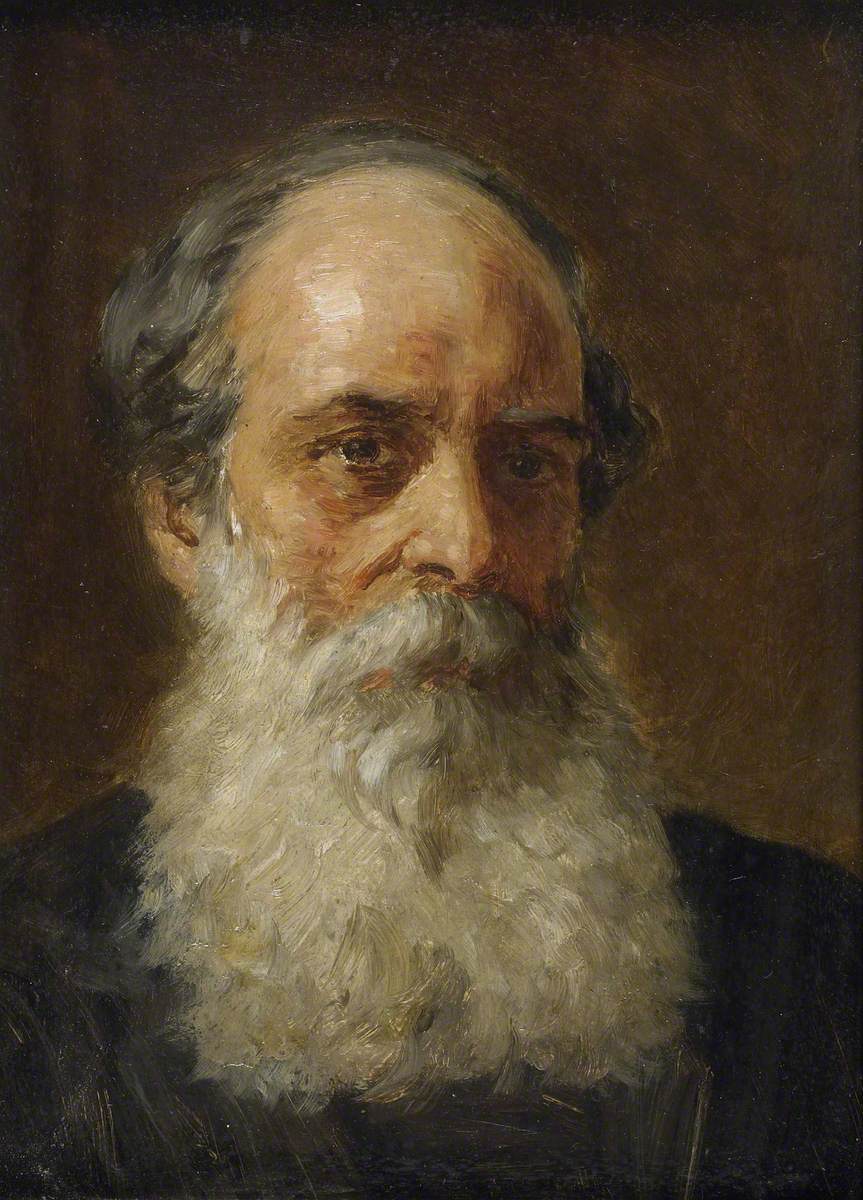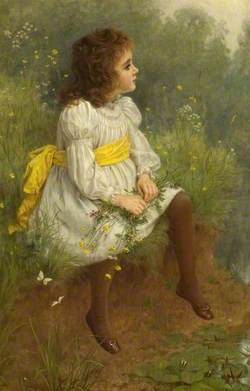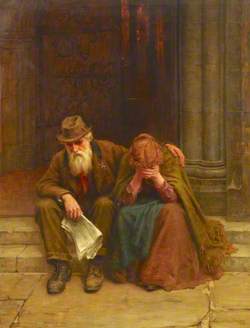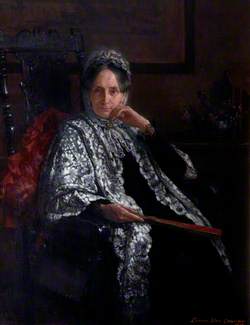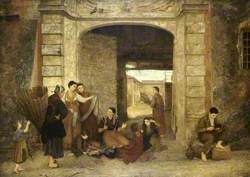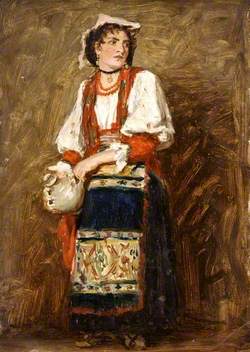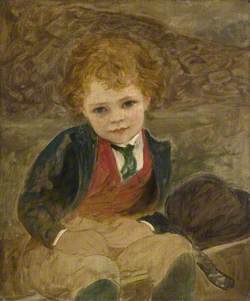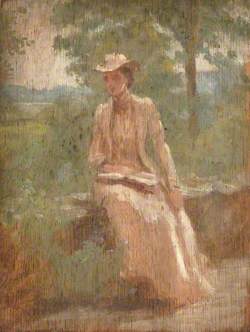How you can use this image
This image is available to be shared and re-used under the terms of the Creative Commons Attribution-NonCommercial-ShareAlike licence (CC BY-NC-SA).
This image can be reproduced in any way but your use of it cannot be for any kind of commercial purpose. Any work you create using this image must also be
Wherever you reproduce the image or an altered version of it, you must attribute the original creators (acknowledge the original artist(s), the person/organisation that took the photograph of the work) and any other stated rights holders.
Review our guidance pages which explain how you can reuse images, how to credit an image and how to find more images in the public domain or with a Creative Commons licence available.
DownloadNotes
Add or edit a note on this artwork that only you can see. You can find notes again by going to the ‘Notes’ section of your account.
In 1869 Wood, working on behalf of the British Museum, discovered the site of the Temple of Artemis at Ephesus, one of the seven wonders of the ancient world. An architect, he was in 1858 appointed to the Smyrna and Aidin Railway in western Turkey, designing stations. His great ambition was to discover the site of the temple which had disappeared during the Middle Ages. He therefore resigned his appointment in 1863, the Museum having arranged a permit from the Ottomans and offered expenses in return for antiquities. Excavations continued until 1874. The temple was a sad ruin but some sculptures, including a column base, were sent to Bloomsbury. The artist, the assertive Louisa Starr Canziani, was the first woman to enter the Royal Academy Schools for many years and the first to be awarded one of the Academy’s medals.
Title
John Turtle Wood (1821–1890)
Date
late 19th C
Medium
oil on panel
Measurements
H 27 x W 19 cm
Accession number
1915,0114.1
Acquisition method
gift from Enrico Canziani, 1915
Work type
Painting
